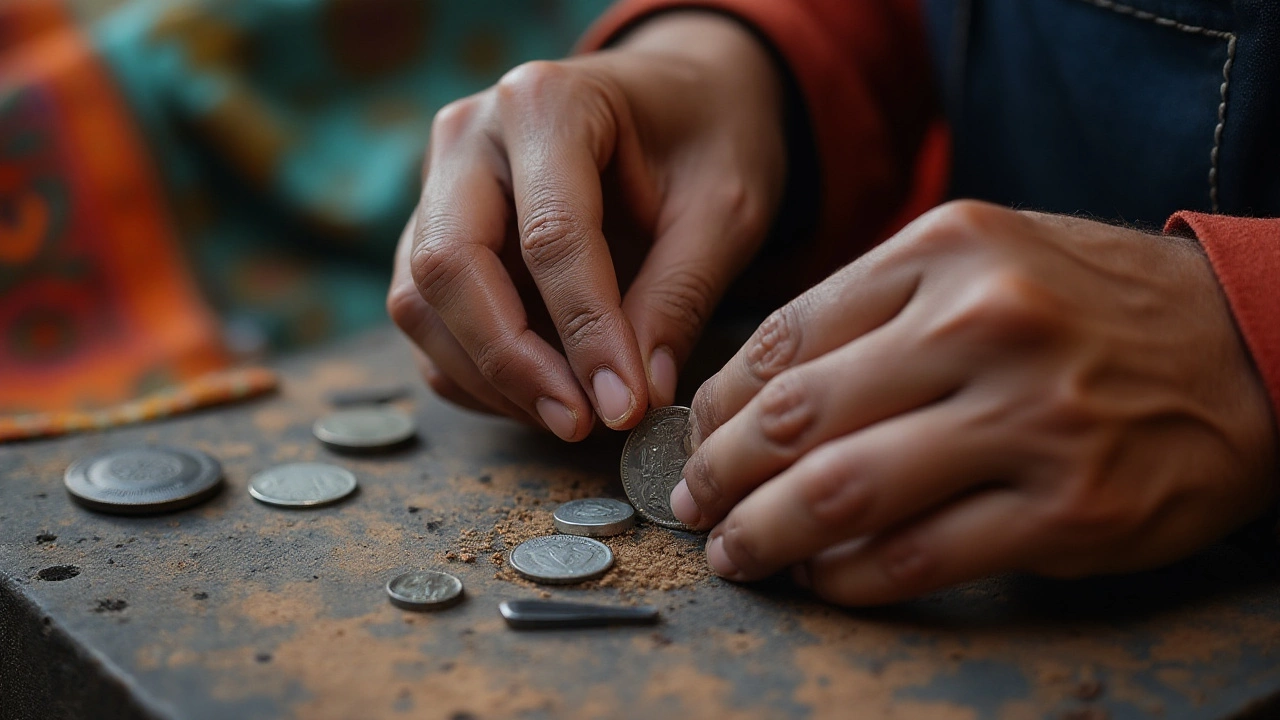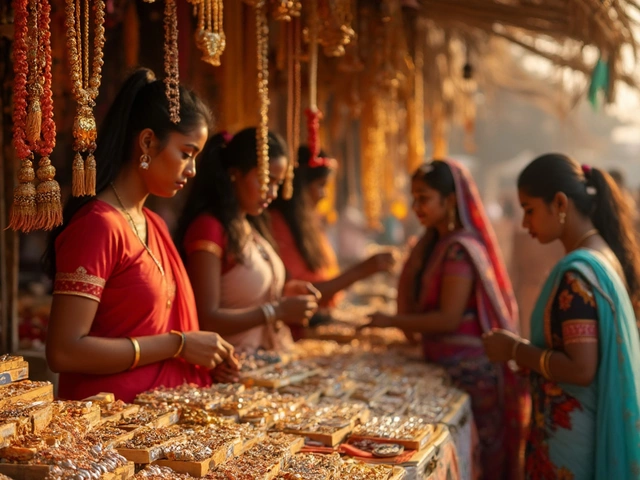Legal Jewelry: How to Buy Authentic Gold, Silver & Gems in India
When you shop for jewellery, you want something beautiful that’s also legal and genuine. In India the law protects buyers by requiring hallmarks, purity stamps and certificates. Knowing what to look for saves you from paying for fakes and keeps you on the right side of the rules.
Understanding Hallmarks and Purity Marks
The most common marks you’ll see are on gold and silver. A gold piece might carry ‘875’, which means 21‑karat gold (87.5% pure). The BIS (Bureau of Indian Standards) adds a separate hallmark that shows the maker’s ID and an assay office code. If you see a gold item without these marks, double‑check with the seller – it could be lower‑purity gold or even gold‑plated.
Silver uses different numbers. ‘833’ means the piece is 83.3% pure silver, the standard for Indian silver jewellery. Like gold, a BIS silver hallmark should be present, confirming the purity and the manufacturer. Without it, the silver might be mixed with cheaper metals.
These stamps are not decorative; they’re legal proof of the metal’s content. Keep an eye on the font and spacing – official marks are crisp and evenly spaced.
Quick Tests to Spot Fake Jewellery
Even with hallmarks, you can run a few simple tests at home. A magnet test works for most gold pieces – real gold won’t stick to a magnet. For silver, a magnet can help spot heavy nickel content, but remember that some silver alloys are slightly magnetic.
Weight is another clue. Pure gold and silver feel heavier than plated versions of the same size. If a gold ring feels too light, it’s likely plated.
Look for plating clues: a thin, shiny layer that wears off quickly, especially around edges or where your skin contacts the metal, signals fake jewellery. Also, check the stone settings – cheap gemstones often have loose settings or look dull compared to real diamonds or sapphires.
Finally, ask for a certificate of authenticity. Reputable sellers provide BIS certificates for gold and a hallmark certificate for silver. For gemstones, a GIA or IGI report shows cut, clarity and carat weight.
Following these steps helps you stay within the legal framework and ensures you get value for your money. If anything feels off, walk away or ask for a professional appraisal.
Buying legal jewellery isn’t just about avoiding scams; it supports the industry’s standards and protects traditional artisans. So next time you pick up a necklace or a set of bangles, remember the hallmarks, run a quick test, and enjoy your purchase with confidence.
Is Making a Ring from a Quarter Illegal? Exploring the Craft and Legalities
Creating rings from quarters is a popular craft that transforms everyday currency into unique jewelry pieces. While this practice showcases creativity and craftsmanship, there are legal concerns to consider. This article explores the intricacies of coin conversion, its legality, and the crafting process itself. It also sheds light on historical precedents and modern-day practices within the realm of personalized jewelry.





